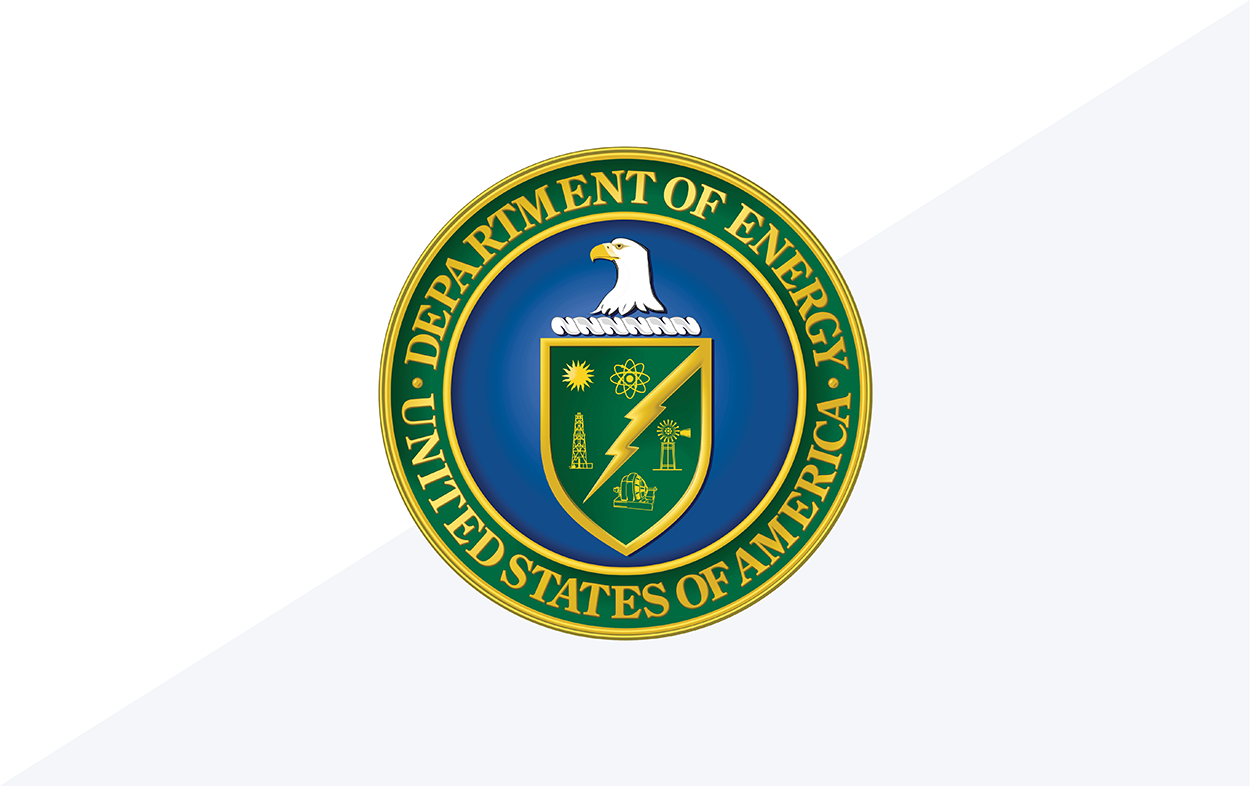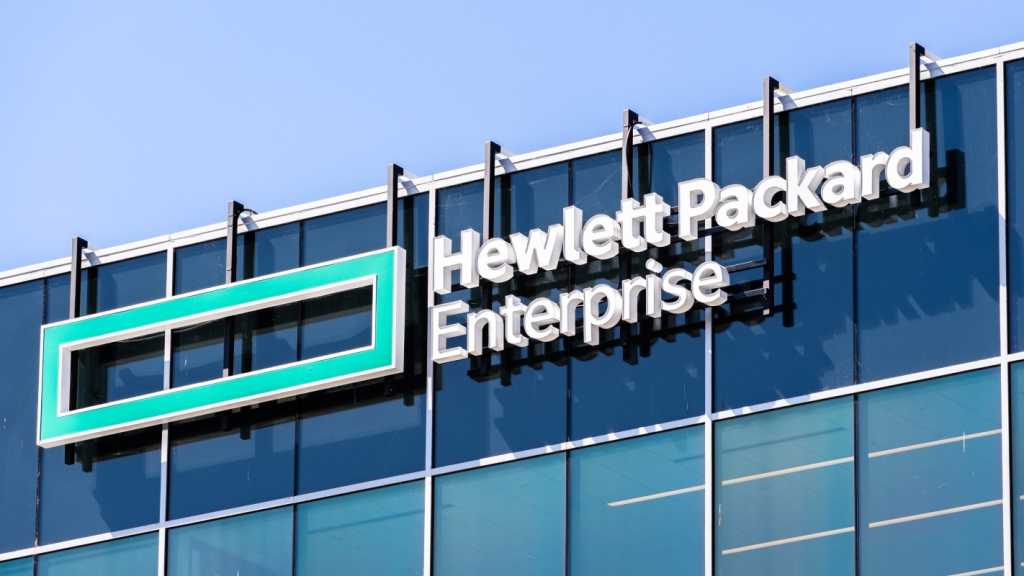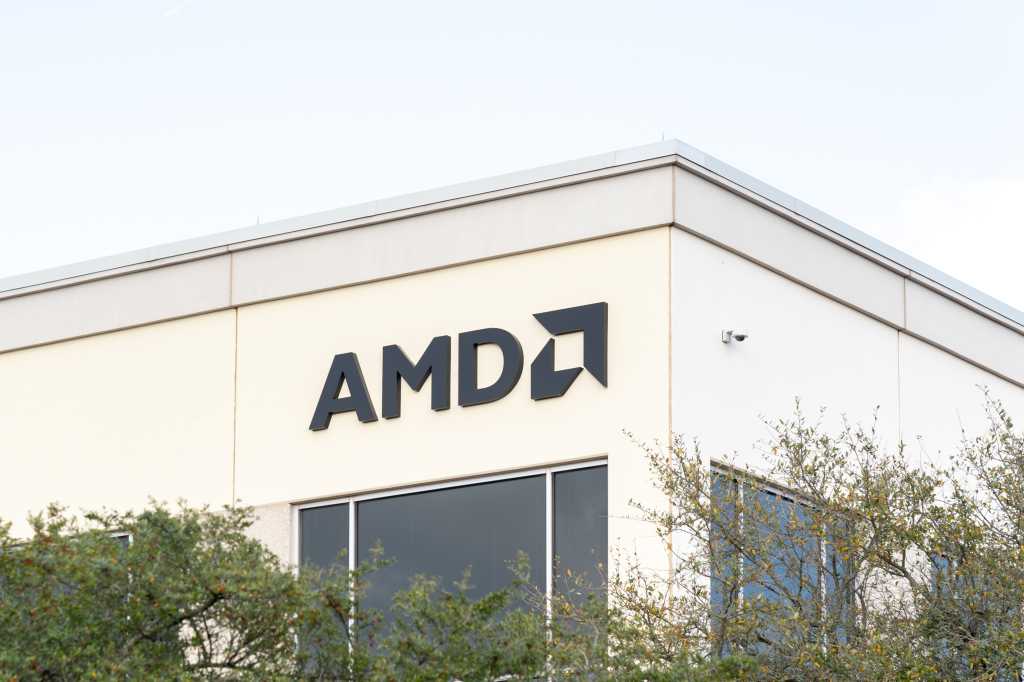
This article is part of VentureBeat’s special issue, “The Real Cost of AI: Performance, Efficiency and ROI at Scale.” Read more from this special issue.
Recent surveys and VentureBeat’s conversations with CFOs suggest the honeymoon phase of AI is rapidly drawing to a close. While 2024 was dominated by pilot programs and proof-of-concept demonstrations, in mid-2025, the pressure for measurable results is intensifying, even as CFO interest in AI remains high.
According to a KPMG survey of 300 U.S. financial executives, investor pressure to demonstrate ROI on generative AI investments has increased significantly. For 90% of organizations, investor pressure is considered “important or very important” for demonstrating ROI in Q1 2025, a sharp increase from 68% in Q4 2024. This indicates a strong and intensifying demand for measurable returns.
Meanwhile, according to a Bain Capital Ventures survey of 50 CFOs, 79% plan to increase their AI budgets this year, with 94% believing gen AI can strongly benefit at least one finance activity. This reveals a telling pattern in how CFOs are currently measuring AI value. Those who have adopted gen AI tools report seeing initial returns primarily through efficiency gains.
“We created a custom workflow that automates vendor identification to quickly prepare journal entries,” said Andrea Ellis, CFO of Fanatics Betting and Gaming. “This process used to take 20 hours during month-end close, and now, it takes us just 2 hours each month.”
Jason Whiting, CFO of Mercury Financial, echoed this efficiency focus: “Across the board, [the biggest benefit] has been the ability to increase speed of analysis. Gen AI hasn’t replaced anything, but it has made our existing processes and people better.”
But CFOs are now looking beyond simple time savings toward more strategic applications.
The Bain data shows CFOs are most excited about applying AI to “long-standing pain points that prior generations of technology have been unable to solve.” Cosmin Pitigoi, CFO of Flywire, explained: “Forecasting trends based on large data sets has been around for a long time, but the issue has always been the model’s ability to explain the assumptions behind the forecast. AI can help not just with forecasting, but also with explaining what assumptions have changed over time.”
These recent surveys suggest that CFOs are becoming the primary gatekeepers for AI investment; however, they’re still developing the financial frameworks necessary to evaluate these investments properly. Those who develop robust evaluation methodologies first will likely gain significant competitive advantages. Those who don’t may find their AI enthusiasm outpacing their ability to measure and manage the returns.
Efficiency metrics: The first wave of AI value
The initial wave of AI value capture by finance departments has focused predominantly on efficiency metrics, with CFOs prioritizing measurable time and cost savings that deliver immediate returns. This focus on efficiency represents the low-hanging fruit of AI implementation — clear, quantifiable benefits that are easily tracked and communicated to stakeholders.
Drip Capital, a Silicon Valley-based fintech, exemplifies this approach with its AI implementation in trade finance operations. According to chief business officer Karl Boog, “We’ve been able to 30X our capacity with what we’ve done so far.” By automating document processing and enhancing risk assessment through large language models (LLMs), the company achieved a remarkable 70% productivity boost while maintaining critical human oversight for complex decisions.
KPMG research indicates this approach is widespread, with one retail company audit committee director noting how automation has improved operational efficiency and ROI. This sentiment is echoed across industries as finance leaders seek to justify their AI investments with tangible productivity improvements.
These efficiency improvements translate directly to the bottom line. Companies across sectors — from insurance to oil and gas — report that AI helps identify process inefficiencies, leading to substantial organizational cost savings and improved expense management.
Beyond simple cost reduction, CFOs are developing more sophisticated efficiency metrics to evaluate AI investments. These include time-to-completion ratios comparing pre- and post-AI implementation timelines, cost-per-transaction analyses measuring reductions in resource expenditure and labor hour reallocation metrics tracking how team members shift from manual data processing to higher-value analytical work.
However, leading CFOs recognize that while efficiency metrics provide a solid foundation for initial ROI calculations, they represent just the beginning of AI’s potential value. As finance leaders gain confidence in measuring these direct returns, they’re developing more comprehensive frameworks to capture AI’s full strategic value — moving well beyond the efficiency calculations that characterized early adoption phases.
Beyond efficiency: The new financial metrics
As CFOs move beyond the initial fascination with AI-driven efficiency gains, they’re developing new financial metrics that more comprehensively capture AI’s business impact. This evolution reflects a maturing approach to AI investments, with finance leaders adopting more sophisticated evaluation frameworks that align with broader corporate objectives.
The surveys highlight a notable shift in primary ROI metrics. While efficiency gains remain important, we see productivity metrics are now overtaking pure profitability measures as the chief priority for AI initiatives in 2025. This represents a fundamental change in how CFOs assess value, focusing on AI’s ability to enhance human capabilities rather than simply reduce costs.
Time to value (TTV) is emerging as a critical new metric in investment decisions. Only about one-third of AI leaders anticipate being able to evaluate ROI within six months, making rapid time-to-value a key consideration when comparing different AI opportunities. This metric will help CFOs prioritize quick-win projects that can deliver measurable returns while building organizational confidence in larger AI initiatives.
Data quality measurements will increasingly be incorporated into evaluation frameworks, with 64% of leaders citing data quality as their most significant AI challenge. Forward-thinking CFOs now incorporate data readiness assessments and ongoing data quality metrics into their AI business cases, recognizing that even the most promising AI applications will fail without high-quality data inputs.
Adoption rate metrics have also become standard in AI evaluation. Finance leaders track how quickly and extensively AI tools are being utilized across departments, using this as a leading indicator of potential value realization. These metrics help identify implementation challenges early and inform decisions about additional training or system modifications.
“The biggest benefit has been the ability to increase speed of analysis,” noted Jason Whiting of Mercury Financial. This perspective represents the bridge between simple efficiency metrics and more sophisticated value assessments — recognizing that AI’s value often comes not from replacing existing processes but enhancing them.
Some CFOs are implementing comprehensive ROI formulas that incorporate both direct and indirect benefits (VAI Consulting):
ROI = (Net Benefit / Total Cost) × 100
Where net benefit equals the sum of direct financial benefits plus an estimated value of indirect benefits, minus total investment costs. This approach acknowledges that AI’s full value encompasses both quantifiable savings and intangible strategic advantages, such as improved decision quality and enhanced customer experience.
For companies with more mature AI implementations, these new metrics are becoming increasingly standardized and integrated into regular financial reporting. The most sophisticated organizations now produce AI value scorecards that track multiple dimensions of performance, linking AI system outputs directly to business outcomes and financial results.
As CFOs refine these new financial metrics, they’re creating a more nuanced picture of AI’s true value — one that extends well beyond the simple time and cost savings that dominated early adoption phases.
Amortization timelines: Recalibrating investment horizons
CFOs are fundamentally rethinking how they amortize AI investments, developing new approaches that acknowledge the unique characteristics of these technologies. Unlike traditional IT systems with predictable depreciation schedules, AI investments often yield evolving returns that increase as systems learn and improve over time. Leading finance executives now evaluate AI investments through the lens of sustainable competitive advantage — asking not just “How much will this save?” but “How will this transform our market position?”
“ROI directly correlates with AI maturity,” according to KPMG, which found that 61% of AI leaders report higher-than-expected ROI, compared with only 33% of beginners and implementers. This correlation is prompting CFOs to develop more sophisticated amortization models that anticipate accelerating returns as AI deployments mature.
The difficulty in establishing accurate amortization timelines remains a significant barrier to AI adoption. “Uncertain ROI/difficulty developing a business case” is cited as a challenge by 33% of executives, particularly those in the early stages of AI implementation. This uncertainty has led to a more cautious, phased approach to investment.
To address this challenge, leading finance teams are implementing pilot-to-scale methodologies to validate ROI before full deployment. This approach enables CFOs to gather accurate performance data, refine their amortization estimates, and make more informed scaling decisions.
The timeframe for expected returns varies significantly based on the type of AI implementation. Automation-focused AI typically delivers more predictable short-term returns, whereas strategic applications, such as improved forecasting, may have longer, less certain payback periods. Progressive CFOs are developing differentiated amortization schedules that reflect these variations rather than applying one-size-fits-all approaches.
Some finance leaders are adopting rolling amortization models that are adjusted quarterly based on actual performance data. This approach acknowledges the dynamic nature of AI returns and allows for ongoing refinement of financial projections. Rather than setting fixed amortization schedules at the outset, these models incorporate learning curves and performance improvements into evolving financial forecasts.
One entertainment company implemented a gen AI-driven tool that scans financial developments, identifies anomalies and automatically generates executive-ready alerts. While the immediate ROI stemmed from efficiency gains, the CFO developed an amortization model that also factored in the system’s increasing accuracy over time and its expanding application across various business units.
Many CFOs are also factoring in how AI investments contribute to building proprietary data assets that appreciate rather than depreciate over time. Unlike traditional technology investments that lose value as they age, AI systems and their associated data repositories often become more valuable as they accumulate training data and insights.
This evolving approach to amortization represents a significant departure from traditional IT investment models. By developing more nuanced timelines that reflect AI’s unique characteristics, CFOs are creating financial frameworks that better capture the true economic value of these investments and support a more strategic allocation of resources.
Strategic value integration: Linking AI to shareholder returns
Forward-thinking CFOs are moving beyond operational metrics to integrate AI investments into broader frameworks for creating shareholder value. This shift represents a fundamental evolution in how financial executives evaluate AI — positioning it not merely as a cost-saving technology but as a strategic asset that drives enterprise growth and competitive differentiation.
This more sophisticated approach assesses AI’s impact on three critical dimensions of shareholder value: revenue acceleration, risk reduction and strategic optionality. Each dimension requires different metrics and evaluation frameworks, creating a more comprehensive picture of AI’s contribution to enterprise value.
Revenue acceleration metrics focus on how AI enhances top-line growth by improving customer acquisition, increasing the share of wallet and expanding market reach. These metrics track AI’s influence on sales velocity, conversion rates, customer lifetime value and price optimization — connecting algorithmic capabilities directly to revenue performance.
Risk reduction frameworks assess how AI enhances forecasting accuracy, improves scenario planning, strengthens fraud detection and optimizes capital allocation. By quantifying risk-adjusted returns, CFOs can demonstrate how AI investments reduce earnings volatility and improve business resilience — factors that directly impact valuation multiples.
Perhaps most importantly, leading CFOs are developing methods to value strategic optionality — the capacity of AI investments to create new business possibilities that didn’t previously exist. This approach recognizes that AI often delivers its most significant value by enabling entirely new business models or unlocking previously inaccessible market opportunities.
To effectively communicate this strategic value, finance leaders are creating new reporting mechanisms tailored to different stakeholders. Some are establishing comprehensive AI value scorecards that link system performance to tangible business outcomes, incorporating both lagging indicators (financial results) and leading indicators (operational improvements) that predict future financial performance.
Executive dashboards now regularly feature AI-related metrics alongside traditional financial KPIs, making AI more visible to senior leadership. These integrated views enable executives to understand how AI investments align with strategic priorities and shareholder expectations.
For board and investor communication, CFOs are developing structured approaches that highlight both immediate financial returns and long-term strategic advantages. Rather than treating AI as a specialized technology investment, these frameworks position it as a fundamental business capability that drives sustainable competitive differentiation.
By developing these integrated strategic value frameworks, CFOs ensure that AI investments are evaluated not only on their immediate operational impact but their contribution to the company’s long-term competitive position and shareholder returns. This more sophisticated approach is rapidly becoming a key differentiator between companies that treat AI as a tactical tool and those that leverage it as a strategic asset.
Risk-adjusted returns: The risk management equation
As AI investments grow in scale and strategic importance, CFOs are incorporating increasingly sophisticated risk assessments into their financial evaluations. This evolution reflects the unique challenges AI presents — balancing unprecedented opportunities against novel risks that traditional financial models often fail to capture.
The risk landscape for AI investments is multifaceted and evolving rapidly. Recent surveys indicate that risk management, particularly in relation to data privacy, is expected to be the biggest challenge to generative AI strategies for 82% of leaders in 2025. This concern is followed closely by data quality issues (64%) and questions of trust in AI outputs (35%).
Forward-thinking finance leaders are developing comprehensive risk-adjusted return frameworks that quantify and incorporate these various risk factors. Rather than treating risk as a binary go/no-go consideration, these frameworks assign monetary values to different risk categories and integrate them directly into ROI calculations.
Data security and privacy vulnerabilities represent a primary concern, with 57% of executives citing these as top challenges. CFOs are now calculating potential financial exposure from data breaches or privacy violations and factoring these costs into their investment analyses. This includes estimating potential regulatory fines, litigation expenses, remediation costs and reputational damage.
Regulatory compliance represents another significant risk factor. With many executives concerned about ensuring compliance with changing regulations, financial evaluations increasingly include contingency allocations for regulatory adaptation. An aerospace company executive noted that “complex regulations make it difficult for us to achieve AI readiness,” highlighting how regulatory uncertainty complicates financial planning.
Beyond these external risks, CFOs are quantifying implementation risks such as adoption failures, integration challenges and technical performance issues. By assigning probability-weighted costs to these scenarios, they create more realistic projections that acknowledge the inherent uncertainties in AI deployment.
The “black box” nature of certain AI technologies presents unique challenges for risk assessment. As stakeholders become increasingly wary of trusting AI results without understanding the underlying logic, CFOs are developing frameworks to evaluate transparency risks and their potential financial implications. This includes estimating the costs of additional validation procedures, explainability tools and human oversight mechanisms.
Some companies are adopting formal risk-adjustment methodologies borrowed from other industries. One approach applies a modified weighted average cost of capital (WACC) that incorporates AI-specific risk premiums. Others use risk-adjusted net present value calculations that explicitly account for the unique uncertainty profiles of different AI applications.
The transportation sector provides an illustrative example of this evolving approach. As one chief data officer noted, “The data received from AI requires human verification, and this is an important step that we overlook.” This recognition has led transportation CFOs to build verification costs directly into their financial models rather than treating them as optional add-ons.
By incorporating these sophisticated risk adjustments into their financial evaluations, CFOs are creating more realistic assessments of AI’s true economic value. This approach enables more confident investment decisions and helps organizations maintain appropriate risk levels as they scale their AI capabilities.
The CFO’s AI evaluation playbook: From experiments to enterprise value
As AI transitions from experimental projects to enterprise-critical systems, CFOs are developing more disciplined, comprehensive frameworks for evaluating these investments. The most successful approaches strike a balance between rigor and flexibility, acknowledging both the unique characteristics of AI and its integration into broader business strategy.
The emerging CFO playbook for AI evaluation contains several key elements that differentiate leaders from followers.
- First is the implementation of multi-dimensional ROI frameworks that capture both efficiency gains and strategic value creation. Rather than focusing exclusively on cost reduction, these frameworks incorporate productivity enhancements, decision quality improvements and competitive differentiation into a holistic value assessment.
- Second is the adoption of phased evaluation approaches that align with AI’s evolutionary nature. Leading CFOs establish clear metrics for each development stage — from initial pilots to scaled deployment — with appropriate risk adjustments and expected returns for each phase. This approach recognizes that AI investments often follow a J-curve, with value accelerating as systems mature and applications expand.
- Third is the integration of AI metrics into standard financial planning and reporting processes. Rather than treating AI as a special category with unique evaluation criteria, forward-thinking finance leaders are incorporating AI performance indicators into regular budget reviews, capital allocation decisions and investor communications. This normalization signals AI’s transition from experimental technology to core business capability.
The most sophisticated organizations are also implementing formal governance structures that connect AI investments directly to strategic objectives. These governance frameworks ensure that AI initiatives remain aligned with enterprise priorities while providing the necessary oversight to manage risks effectively. By establishing clear accountability for both technical performance and business outcomes, these structures help prevent the disconnection between AI capabilities and business value that has plagued many early adopters.
As investors and boards increasingly scrutinize AI investments, CFOs are developing more transparent reporting approaches that clearly communicate both current returns and future potential. These reports typically include standardized metrics that track AI’s contribution to operational efficiency, customer experience, employee productivity and strategic differentiation — providing a comprehensive view of how these investments enhance shareholder value.
The organizations gaining a competitive advantage through AI are those where CFOs have moved to become strategic partners in AI transformation. These finance leaders work closely with technology and business teams to identify high-value use cases, establish appropriate success metrics and create financial frameworks that support responsible innovation while maintaining appropriate risk management.
The CFOs who master these new evaluation frameworks will drive the next wave of AI adoption — one characterized not by speculative experimentation but by disciplined investment in capabilities that deliver sustainable competitive advantage. As AI continues to transform business models and market dynamics, these financial frameworks will become increasingly critical to organizational success.
The CFO’s AI evaluation framework: Key metrics and considerations
| Evaluation dimension | Traditional metrics | Emerging AI metrics | Key considerations |
| Efficiency | • Cost reduction • Time savings • Headcount impact |
• Cost-per-output • Process acceleration ratio • Labor reallocation value |
• Measure both direct and indirect efficiency gains • Establish clear pre-implementation baselines • Track productivity improvements beyond cost savings |
| Amortization | • Fixed depreciation schedules • Standard ROI timelines • Uniform capital allocation |
• Learning curve adjustments • Value acceleration factors • Pilot-to-scale validation |
• Recognize AI’s improving returns over time • Apply different timelines for different AI applications • Implement phase-gated funding tied to performance |
| Strategic Value | • Revenue impact • Margin improvement • Market share |
• Decision quality metrics • Data asset appreciation • Strategic optionality value |
• Connect AI investments to competitive differentiation • Quantify both current and future strategic benefits • Measure contribution to innovation capabilities |
| Risk management | • Implementation risk • Technical performance risk • Financial exposure |
• Data privacy risk premium • Regulatory compliance factor • Explainability/transparency risk |
• Apply risk-weighted adjustments to projected returns • Quantify mitigation costs and residual risk • Factor in emerging regulatory and ethical considerations |
| Governance | • Project-based oversight • Technical success metrics • Siloed accountability |
• Enterprise AI governance • Cross-functional value metrics • Integrated performance dashboards |
• Align AI governance with corporate governance • Establish clear ownership of business outcomes • Create transparent reporting mechanisms for all stakeholders |




















